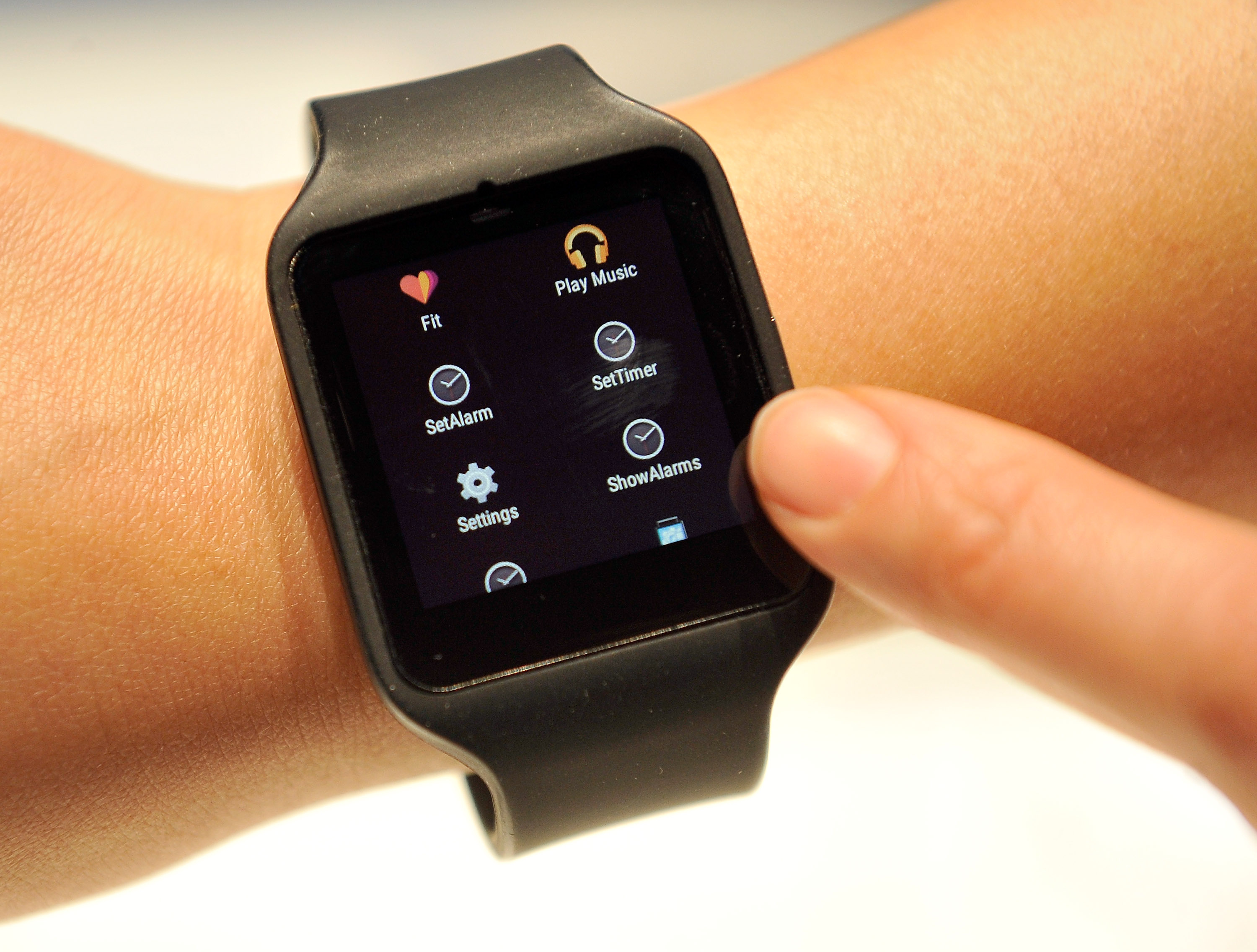How wearable tech could change business travel
Part of our series on how to be a better business traveler


Since the advent of the somewhat dorky Google Glass two years ago, the term "wearable tech" can sometimes feel more like a running joke than a promising endeavor. There's a ways to go before everyday folks will routinely take advantage of headsets or similar innovations.
Still, the possibilities are enticing, and business travelers in particular stand to benefit. Not tomorrow, but one day, these products stand to make business travel more painless. Savvy, frequent-flying employees should keep up with these developments.
Perhaps the most obvious example of wearable technology is the smart headset. Products like Google Glass, Sony SmartEyeGlass, Microsoft HoloLens, and Epson Mover are all in different stages of development.
The Week
Escape your echo chamber. Get the facts behind the news, plus analysis from multiple perspectives.

Sign up for The Week's Free Newsletters
From our morning news briefing to a weekly Good News Newsletter, get the best of The Week delivered directly to your inbox.
From our morning news briefing to a weekly Good News Newsletter, get the best of The Week delivered directly to your inbox.
In January, Glass pulled out of the consumer market by canceling its Explorer program. The announcement led many to proclaim the product dead, but that's far from a universal truth among tech writers.
It's interesting to consider what could happen to business travel should Glass or another headset eventually take off. Companies that build the headsets themselves, as well as companies that develop apps for them, are catering to business travelers. For example, Google tested Glass on people passing through Amsterdam's Schiphol Airport.
The nascent industry's interest in business travelers makes perfect sense. When you're hustling through an airport, bags in tow, it's much easier to double-check your itinerary or read an urgent email by looking straight ahead, as opposed to dropping everything to free up a hand.
And with Apple entering the game, smartwatches seem like an exciting opportunity with a much quicker payoff than headsets. And, at least for now, they're definitely more stylish. As The Guardian notes, succeeding in the smartwatch arena is at least as much about fashion as technology.
A free daily email with the biggest news stories of the day – and the best features from TheWeek.com
Such a watch bodes well for efficiency on the road and in an unfamiliar city. It's hard to justify staying glued to a smartphone during those rare in-person meetings with colleagues and clients from other offices, and smartwatches offer a way to more subtly keep up with email and upcoming calendar events. In the airport, pull up your boarding pass without fumbling for your phone or fixing your jammed printer. A smartwatch means fewer things to forget.
The Apple Watch was unveiled in March. Meanwhile, plenty of competitors have long been on the market. For Wirecutter's money, the best option is Pebble Steel. And backers for Pebble's new Time recently blew past its Kickstarter goal almost immediately.
Farther off on the horizon for the average traveler is a particularly intriguing concept: a smart luggage bag. The start-up BlueSmart touts a souped-up bag that boasts individual features that are pretty enticing.
A bag compatible with both iOS and Android means you can use your phone to remotely track its location via GPS. That stands to simplify the inevitable baggage mix-up at the destination airport. Add in a digital lock, a mileage tracker, and a built-in scale, and this starts sounding like an ideal travel companion for someone constantly in the air. USB ports allow you to charge your phone on the bag's interior or exterior.
Wearables probably aren't on your packing list just yet. But keep up with the new products and the ways they try to court business travelers, and you'll likely be rewarded with low-stress trips in the years to come.
Julie Kliegman is a freelance writer based in New York. Her work has appeared in BuzzFeed, Vox, Mental Floss, Paste, the Tampa Bay Times and PolitiFact. Her cats can do somersaults.
-
 Will Trump’s $12 billion bailout solve the farm crisis?
Will Trump’s $12 billion bailout solve the farm crisis?Today’s Big Question Agriculture sector says it wants trade, not aid
-
 ‘City leaders must recognize its residents as part of its lifeblood’
‘City leaders must recognize its residents as part of its lifeblood’Instant Opinion Opinion, comment and editorials of the day
-
 10 upcoming albums to stream during the winter chill
10 upcoming albums to stream during the winter chillThe Week Recommends As the calendar turns to 2026, check out some new music from your favorite artists
